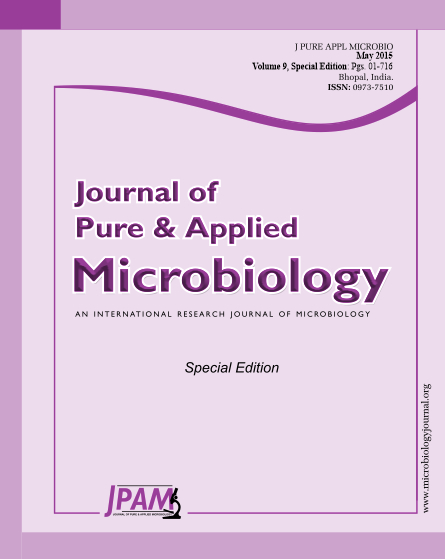Two hundred and twenty one Gram-positive bacterial isolates obtained from Intravascular catheters (IVC), blood culture, and environmental samples of three Egyptian hospitals were identified as Corynebacteria species (48%), Coagulase negative staphylococci (CNS) (25.8%), Bacillus cereus isolates (25.8%), and Staphylococcus aureus isolate (0.45%). Most of isolates were multiple drug resistant (MDR) confirming their nosocomial source. Matching the antimicrobial resistance patterns of microorganisms isolated from skin around catheter, IVC and blood specimens of the same patient showed that 29% CNS IVC isolates were exogenously implanted versus 6.5% isolates were endogenously implanted from blood. Alternatively, 7.7% B. cereus IVC isolates were of exogenous origin, whereas 25.3% isolates were endogenously implanted. Finally, 11.3% Corynebacteria species isolates were exogenously implanted and 33% were endogenously implanted. Statistical analyses showed the lack of any specific type of reaction as synergism, mutualism and antagonism between any couple of the investigated microorganisms. Semi-quantitative biofilm assay results were directly related to viable count of IVC which is directly related to blood stream symptoms, e.g. fever. Both viable count and bioadherence assay results were directly related. Also, data may suggest that the more the number of multidrug resistance markers per isolate, the higher the level of microbial bioadherence degree.
Gram positive, Bioadherence, Nosocomial infection
© The Author(s) 2015. Open Access. This article is distributed under the terms of the Creative Commons Attribution 4.0 International License which permits unrestricted use, sharing, distribution, and reproduction in any medium, provided you give appropriate credit to the original author(s) and the source, provide a link to the Creative Commons license, and indicate if changes were made.


